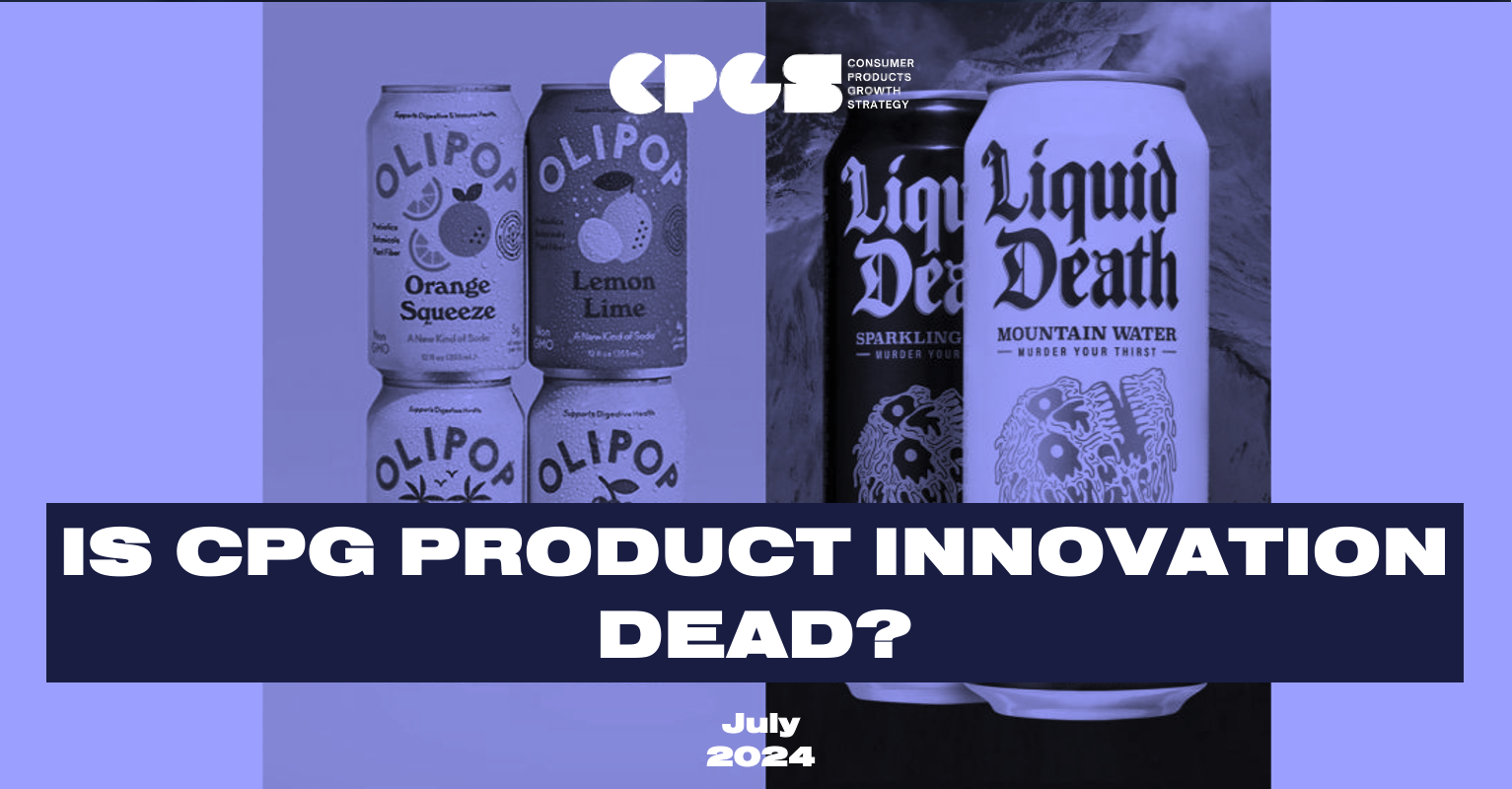Large CPG players have deprioritised product innovation since the 2008 financial crisis, focusing instead on cost control and marketing — leading to stagnation and missed growth opportunities.
Only 25% of industry growth from 2016–2020 came from big brands, with the rest captured by smaller players and private labels, exposing the vulnerability of large incumbents.
Over 60% of new product launches are just renovations, not breakthrough innovation. In F&B, less than 30% of new launches are innovative or even renovated — the lowest among CPG sectors.
Innovation ROI fears are holding companies back: with 95% of new product launches failing, many leaders avoid investing in R&D — despite innovation being a key driver of long-term shareholder return.
Marketing spending has ballooned, now accounting for 23% of budgets in the US — the highest share across industries — while innovation investment continues to lag.
Liquid Death shows how clever branding and attitude can build billion-dollar brands, even with an undifferentiated product. But hype alone is not sustainable.
Olipop proves the power of product-first innovation — blending functional health benefits with effective branding to grow to $500M in annual sales.
Relying solely on marketing lowers the barrier for disruption: If big brands deliver only brand equity, challenger brands with smart marketing can quickly steal share — but long-term winners combine product performance + marketing strength.
Key innovation areas with strong growth potential include:
Plant-based and alternative proteins
Functional foods and beverages
Personalised nutrition using data and AI
Clean-label, simple-ingredient products
The CPG model must evolve: To reverse stagnating shareholder returns, large players must rebalance their strategies — investing in true innovation alongside branding to rebuild differentiation and growth.
Previous
Previous
What's Next for Prime After Last Year's Boom and Bust? Lessons for Celebrity-Led Consumer Brands
Next
Next

